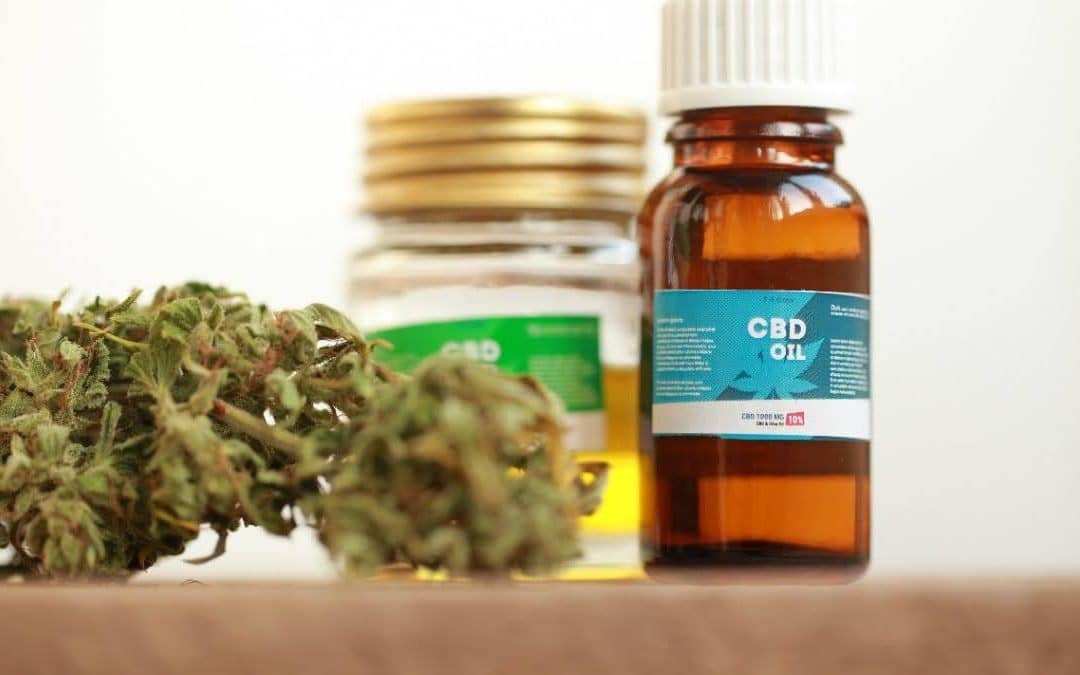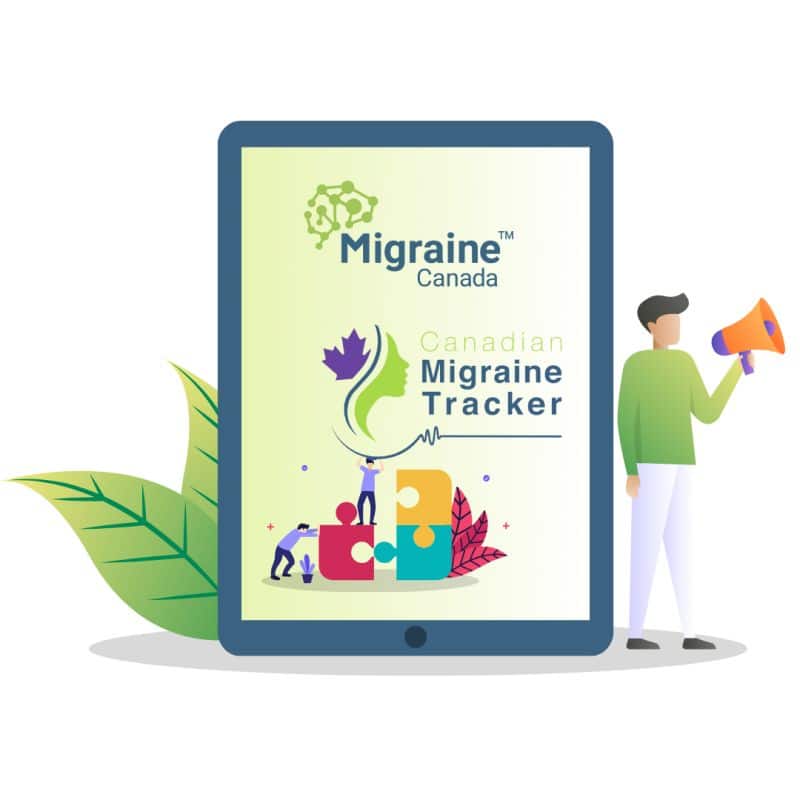Understanding the potential of cannabis for migraine management is crucial for those seeking alternative treatments. This guide delves into the science behind cannabis use, comparing THC and CBD, and exploring their effects on the brain. You’ll discover the benefits, risks, and scientific support for using cannabis to alleviate migraine symptoms. Explore the complexities of cannabis chemistry and gain valuable insights to make informed decisions about your migraine treatment options.
How can the cannabis plant influence our brains?
Our brains have a cannabinoid system. This system is present also in animals. It plays an important role in the regulation of other brain systems. It regulates emotions, hunger, movement, cognition and pain. The cannabinoid system has no unique function of its own. It mostly influences the other systems (serotonin, glutamate, GABA, acetylcholine). The cannabis plant contains many different chemical substances that act on this system.
I’ve heard about THC and CBD. Are they different?
They are very different. They act on different receptors and have different actions. Actually, CBD has more than a dozen chemical actions on our brain’s receptors, some may be in theory positive for migraine, and others may be negative. THC and CBD influence one another as some of their effects are opposite.
What are terpenes?
Terpenes are chemical substances found in plants that have chemical properties that can influence our bodies. They also are responsible for the aroma of cannabis. Many are found in other plants like pine, lemon and lavender. Terpenes influence the chemical activity of other substances present in cannabis. This is called the “entourage effect” and makes the pharmacology of cannabis quite complicated.
Are cannabis plants a mix of many things?
Yes. Talking about cannabis is very misleading, as different strains contain different chemical mixes. In medicine, drugs are usually pure. They contain one chemical product in controlled quantity for which the properties have been studied on animals and then humans. From a medical perspective, dealing with a plant that contains unknown amounts of many chemical products is difficult. Research principles are difficult to apply to cannabis.
Are there scientific reasons that could support the use of cannabis for migraine?
Yes. The cannabinoid system does regulate pain, emotions and sleep. Acting on the cannabinoid system may in fact influence every neurological disease because it is a generic regulator of our brain networks. The problem is that this system is very adaptable, extremely complex, and the final result of modulating many systems is not always clear.
Is there research showing a benefit of cannabis for migraine?
No. The only study available at present time was performed in Colorado. It is of very poor quality. On the surface, it reports an improvement of 85% in migraine frequency with cannabis, but looking more closely at the results, only 20% of people suspected a benefit for migraine frequency. Only 10% found that cannabis was helpful to treat an attack. More research is definitely needed.
Would it be best to use THC or CBD for migraine?
This is not known at present time, even by cannabis experts. THC and CBD are completely different chemical substances, with different actions on the brain. Even more, depending on the proportion (or ratio) of THC and CBD in a particular strain their actions will be different. In theory, different precise combinations should be studied to get answers.
Is there a best strain for migraine?
We do not know this. Of course, you will find numerous claims that this strain is best for headache etc but this is not based on research. Content and potency of strains are not controlled. Remember that cannabis is a marketed product that is not submitted to the regulations applying to drugs. Companies have no obligation to demonstrate effectiveness before making claims of benefits.
Is there a best strain for migraine?
We do not know this. Of course, you will find numerous claims that this strain is best for headache etc but this is not based on research. Content and potency of strains are not controlled. Remember that cannabis is a marketed product that is not submitted to the regulations applying to drugs. Companies have no obligation to demonstrate effectiveness before making claims of benefits.
- Brain Development: Should not be used by children and adolescents given risks to brain development.
- Pregnancy: Should not be used while pregnant or breastfeeding, pregnant or breastfeeding women.
- Driving Impairment: Affects driving abilities.
- Medication Interactions: Can interact with medications. For example, CBD has been shown to interact with the oral contraceptives and anti-seizure medications. CBD also increased liver enzymes in medical studies.
- Addiction: Approximately 10% of users develop an addiction. According to the US National Institute on Drug Abuse (NIDA), 30% of cannabis users fit the criteria for a marijuana use disorder. To read more about the risk of addiction, visit NIDA’s report on marijuana addiction. (https://www.drugabuse.gov/publications/research-reports/marijuana/marijuana-addictive.)
- Cognitive and Psychiatric Issues: May lead to cognitive problems and psychosis, especially in people <25 years old.
- Medical Problems: Associated with cyclical vomiting syndrome and reversible cerebral vasoconstriction syndrome, conditions also linked to migraine.
- Medication Overuse Headache: THC acts on the opioid receptors that may be involved in medication overuse headache. Some research data in animals suggests that THC can favour allodynia (sensitivity to pain). This is very important, as MOH is a major issue and using cannabis could lead to more problems, just like opioids, analgesics and even triptans. To read more on MOH, see this post)
Are there side effects of cannabis?
These will vary depending on the content and strength of the strain. Side effects include:
- Memory impairment
- Poor judgement
- Paranoia, psychosis
- Impaired coordination
- Nausea and vomiting
- Rapid heart rate
- Low blood pressure with standing
- Drowsiness
- Increased appetite and weight gain
- Cardiac problems
Should I consider cannabis as a treatment for migraine?
At present time, there is not enough evidence to support the use of cannabis for migraine. There is also no evidence to guide which THC/CBD content to use. If some cannabis products help with anxiety and sleep, the effect on migraine could be positive.
But there are multiple risks of cannabis use that should be considered before deciding to use it.
What is the process to obtain a medical cannabis prescription?
The laws that allow cannabis for medical purposes in Canada currently are called Access to Cannabis for Medical Purposes Regulations (ACMPR). Patient’s must first meet with a physician or nurse practitioner and have cannabis recommended for medical purposes.
Dosing cannabis depends on the patient’s physiology, prior cannabis exposure, the cannabis strain and the formulation. The average amount used for medical purposes is 1-3g of dried leaf per day.
Cannabis may be smoked, vaporized, or ingested as a food product or oil. The drug-effects of cannabis occur more quickly when it is smoked or vaporized than ingested. However, smoking cannabis comes with some of the same risks of smoking cigarettes like cancer and COPD. Therefore, it is usually recommended that for medical purposes cannabis oil is used, or the dried leaf is vaporized.
Will my healthcare provider prescribe cannabis?
At this time, medical cannabis is usually prescribed in specialized clinics who are familiar with strains and the different formulations. Reports from patients describe a trial-and-error process, trying different products, increasing doses and trying to minimize side effects.
The decision to try cannabis is yours to make.
The most important thing is to be aware of what we know, what the risks are, and what we do not yet know about cannabis. While cannabis shows promise in some areas, its benefits for migraine lack substantial evidence. Therefore, it’s important to consider the risks and consult with healthcare providers before exploring cannabis as a treatment option. Other proven treatments should be prioritized first.
References:
- Baron EP. Medicinal Properties of Cannabinoids, Terpenes, and Flavonoids in Cannabis, and Benefits in Migraine, Headache, and Pain: An Update on Current Evidence and Cannabis Science. Headache. 2018;58(7):1139-86.
- Blumentrath CG, Dohrmann B, Ewald N. Cannabinoid hyperemesis and the cyclic vomiting syndrome in adults: recognition, diagnosis, acute and long-term treatment. Ger Med Sci. 2017;15:Doc06.
- Duarte RA, Dahmer S, Sanguinetti SY, Forde G, Duarte DP, Kobak LF. Medical Cannabis for Headache Pain: a Primer for Clinicians. Curr Pain Headache Rep. 2021;25(10):64.
- Leimuranta P, Khiroug L, Giniatullin R. Emerging Role of (Endo)Cannabinoids in Migraine. Front Pharmacol. 2018;9:420.
- Mohiuddin M, Blyth FM, Degenhardt L, Di Forti M, Eccleston C, Haroutounian S, et al. General risks of harm with cannabinoids, cannabis, and cannabis-based medicine possibly relevant to patients receiving these for pain management: an overview of systematic reviews. Pain. 2020.
- Piper BJ, DeKeuster RM, Beals ML, Cobb CM, Burchman CA, Perkinson L, et al. Substitution of medical cannabis for pharmaceutical agents for pain, anxiety, and sleep. J Psychopharmacol. 2017;31(5):569-75.
- Poudel S, Quinonez J, Choudhari J, Au ZT, Paesani S, Thiess AK, et al. Medical Cannabis, Headaches, and Migraines: A Review of the Current Literature. Cureus. 2021;13(8):e17407
- Benarroch EE. Synaptic effects of cannabinoids: complexity, behavioral effects, and potential clinical implications. Neurology. 2014;83(21):1958-67.
Post #910



